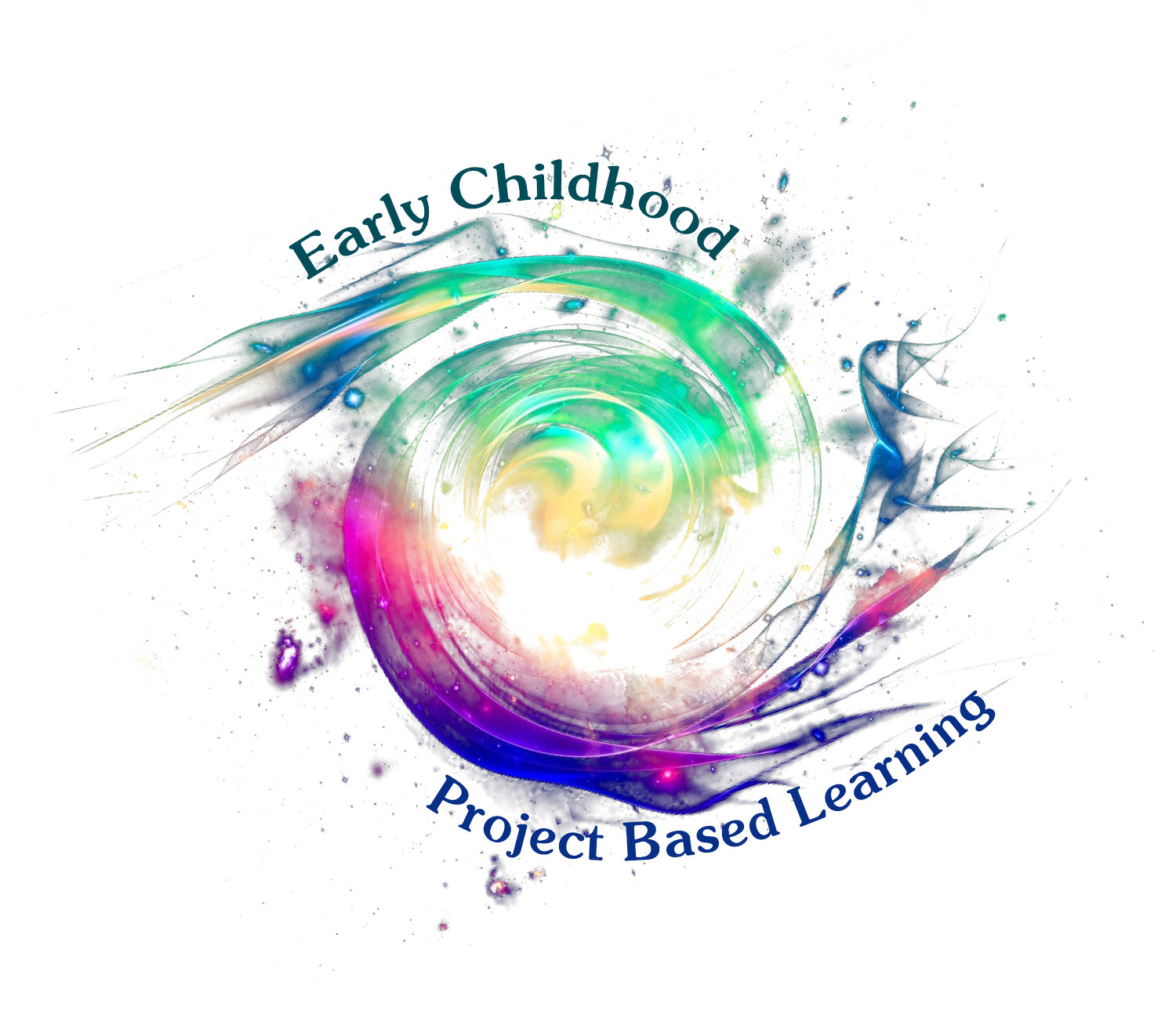Day 3: Classroom Map
Key Question: How can we find the spaces in our classroom that we want to show families? Where do we find those areas?
Formative Assessment/Learning Experience:
Completed classroom map with labels, and names of children on sections they will present.
Colored-in photograph done by each small group or partnership.
Ahead of this lesson, take photos of each area of the classroom/material that children chose to share (one set of color photos if possible, and one set of black and white). Make an outline/frame of the layout of the classroom, with blank spaces where children can approximate the location of each photograph and place it on the map.
First, ask children if they know what a map is, or is used for, or where they have seen maps before. Most likely children have some background knowledge or experiences related to maps. Make it clear that a map helps us to find places or show others specific places, so a map will help us to share our classroom with our families.
You can do this as a whole class or have children work in small groups to decide the location of different areas. Children can come up and glue each photo into a corresponding “space” on the map. Label each area (or ask children to label the initial consonants or any part of each word). Then, ask children to choose which area of the map they would like to talk about during the video, and write their names on/near that photograph (or children can write their own names).
Then, give each small group (no more than 3 children) a black and white photograph of the area they selected. The team should work together to color it in. This might be the first time that children are collaborating in a small group. Be sure to role play/highlight potential conflicts that might emerge (who will color in which part of the photo? Will you take turns or do it at the same time?). Then each child can write their name on the photograph if they are able, and save these for the following day’s lesson (script creation).
Having pre-drawn rectangles helps scaffold children’s understanding of location on a map, which is an abstract concept and may be new for many young children.

